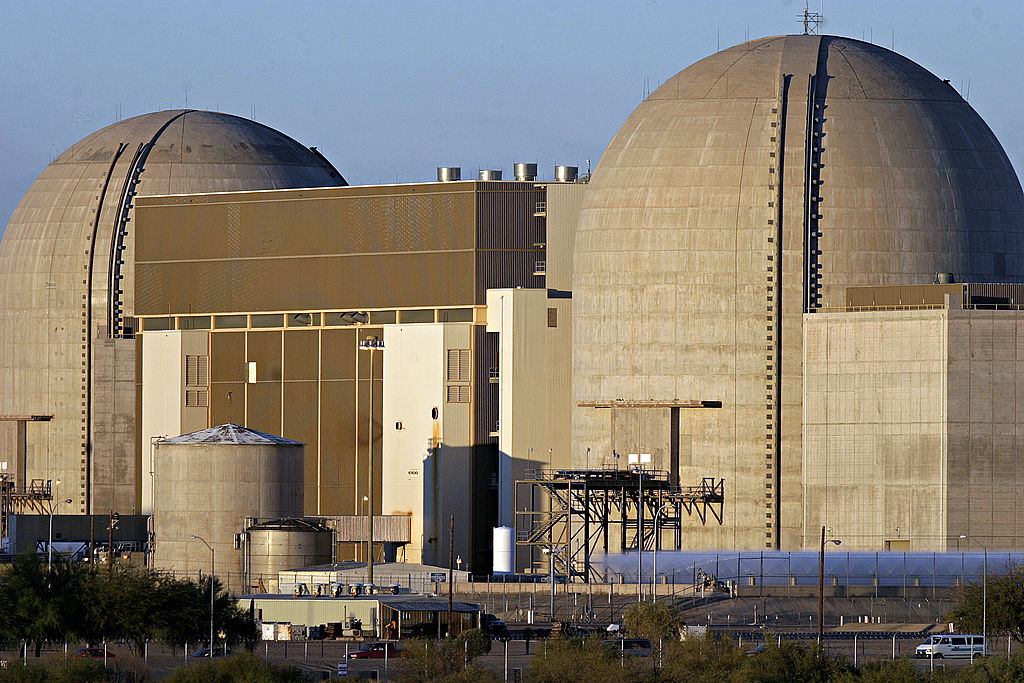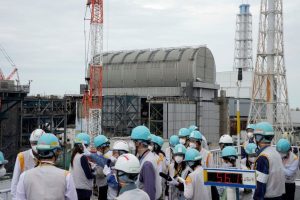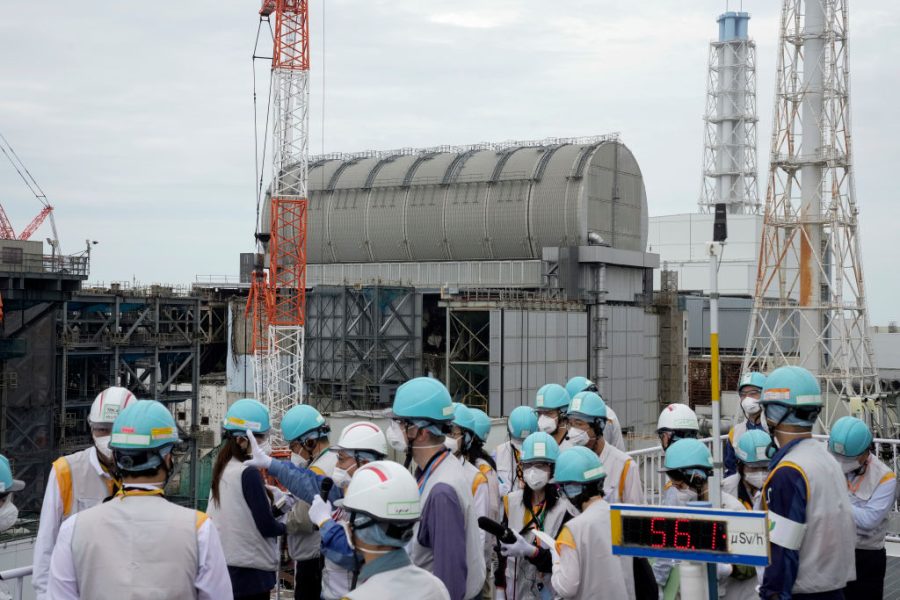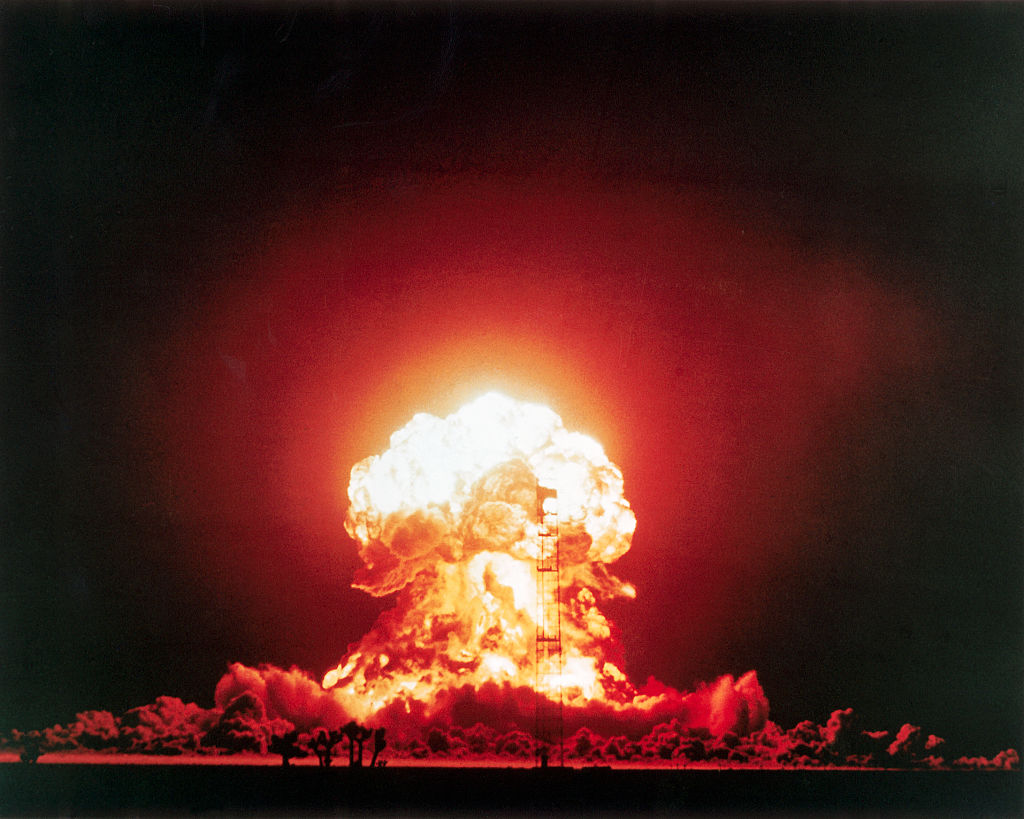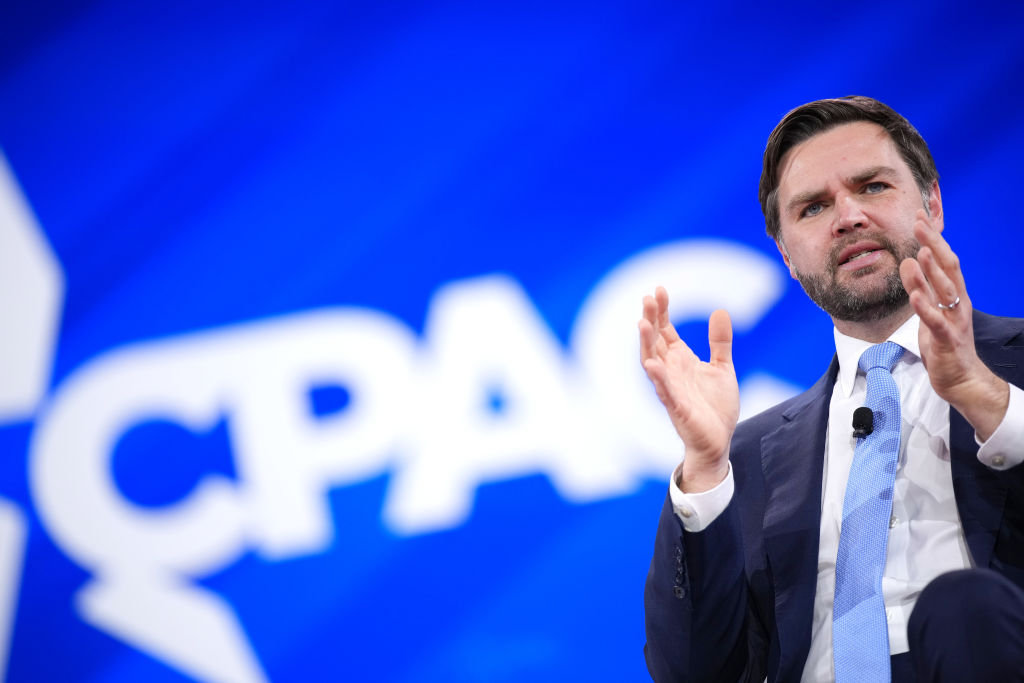America is about to spend $126.9 billion on renewable energy thanks to the Inflation Reduction Act. When this is added to the already existing production tax credits, the total is $240 billion. Greens everywhere are rejoicing. Paul Krugman took to the New York Times to wonder if the Democrats had just saved the world from climate change.
And why not? America has seen emissions drop to 4.8 trillion tons a year since 2000. That’s a one-trillion ton decrease. In fact, since America has embarked on building out wind and solar, the country has returned to 1949 levels of emissions.
But are renewables really to thank? After all, wind and solar only accounted for about 12 percent of our electricity supply in 2021. Meanwhile, natural gas has increased to nearly 40 percent of our electricity supply, and coal has dropped to below a quarter from about half in 2001. Natural gas is less carbon-intensive than coal by half. In other words, renewables look like a niche hobby compared to what natural gas has done for lowering American emissions.
So if renewables don’t really decarbonize, what do they do? Some 80 percent of America’s renewables are built in what are called Regional Transmission Organizations, which work like electricity spot-markets. While not every state sits in an RTO, most do. Renewables, because of their subsidies, can bid into the market at low, even negative prices. This, in turn, sets the clearing price so low that it forces reliable coal and nuclear plants off the grid. Palisades, a nuclear plant in Michigan, was the most recent victim of this dynamic. Losing the plant to “market forces” meant losing 6 percent of Michigan’s power, 15 percent of its carbon-free power, and 600 well-paying jobs.
The one-two punch of natural gas and renewables, in turn, has left many regions vulnerable to what Meredith Angwin, author of Shorting the Grid: Fragility of Our Electric Grid, calls the “fatal trifecta”: too many renewables, overdependence on just-in-time natural gas, and overreliance on imports. The Texas blackouts during Winter Storm Uri and persistent problems with reliability in California and the Midwest make clear the dangers of overbuilding renewables.
Plus, the reliance on a price-volatile fuel type — natural gas — has created a tidal wave of shutoffs this year. The National Energy Assistance Directors Association estimates that 20 million Americans (about one in six households) are behind on their utility bills. Prices have gotten so high that erstwhile greens, like Senators Elizabeth Warren and Ed Markey of Massachusetts, have sent a letter to the White House asking that LNG shipments to Europe be curtailed to spare New Englanders’ utility bills.
It isn’t just households paying for this mistake. Heavy industry has also taken a beating. American steel and aluminum producers have laid off workers this year because energy prices are too high to keep running at full capacity.
If what was first celebrated as a victory for green policy has instead bred unreliability and high prices throughout America’s electricity sector, how do we fix the problem while keeping our emissions low? There’s only one answer: nuclear power.
Once the bête noire of energy, nuclear has been experiencing a renaissance of late. A variety of countries including Britain, South Korea, Japan, the Philippines and Finland are giving the technology a second look. And for good reason: it’s clean, it’s safe, it produces cheap kilowatts, it’s reliable and it refuels rarely. All of these are attractive qualities.
Even better, it’s the only proven decarbonizer in human history. In Canada, Ontario replaced its coal fleet with nuclear and now has one of the cleanest grids in the world. During the 1970s, the French committed to one of the largest state buildouts of nuclear energy the world had ever seen. France’s electricity grid is now 80 percent carbon-free thanks to the atom.
So why can’t America join in on the fun? Weren’t we once a nuclear powerhouse? What happened?
Two things: the green turn and overregulation. Since the energy crisis of the 1970s, the environmental movement has gained substantial ideological ground in American energy policy. It has taken on utilities that overcommitted to nuclear, riled up customers, and delivered energy austerity through wind and solar. As climate change arguments gained traction, so has the greens’ energy vision. Many Americans now see renewables as the be-all and end-all of climate policy.
As the greens expanded their influence, America’s nuclear industry ground to a halt. First, through a bandwagon market that triggered expensive delays, then through the Nuclear Regulatory Commission’s adoption of the so-called “as low as reasonably achievable” paradigm for measuring nuclear safety. ALARA’s basic logic is that any exposure to radiation, no matter how small, is potentially lethal. But the ALARA framework has meant that it is almost impossible to build nuclear plants on time and on budget, as the Vogtle plant in Georgia has taught us. Since the NRC was formed in the mid-Seventies, not a single design approved under its aegis has ever been completed.
These facts might make for grim reading, but they’re good news. They mean that the obstacles to building more nuclear in America aren’t technical — it works now and it works well — they’re political and regulatory. If America wants to be serious about both climate change and energy security, it has to take on the elite-funded environmental NGOs that have hamstrung nuclear energy for nearly half a century. The pain of the current energy crisis will make that easier, just as it will ease any effort to reform the NRC’s burdensome safety regulations, especially if America wants to be a global leader in producing advanced nuclear reactors.
We need nuclear power because we need cheap and clean energy that works. The alternative is blowing billions of taxpayer dollars on nothing more than crossing our fingers.
This article was originally published in The Spectator’s October 2022 World edition.



